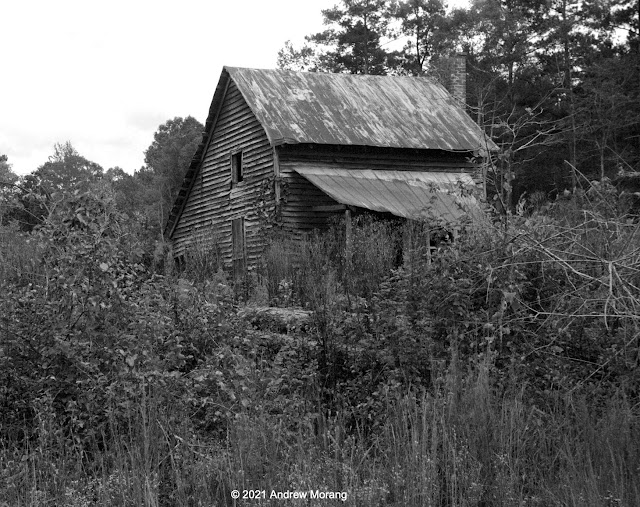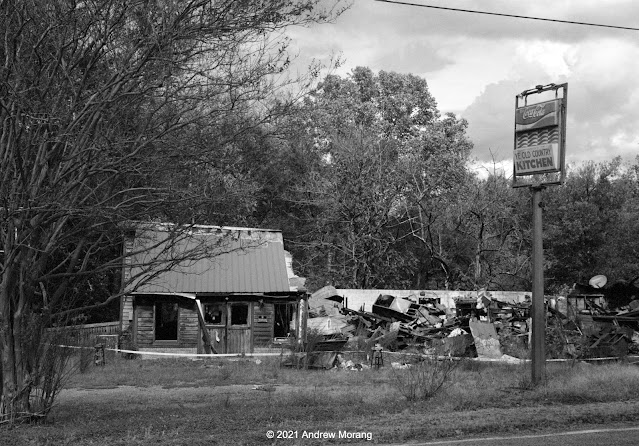I love the grain silos that you see in small towns and railroad junctions in Eastern Washington. They look lonely but still substantial, surviving weather, storms, and the summer sun, year after year. Here are some Kodak Panatomic-X frames from my August 2024 road trip. Please click any picture to see more detail.
Kettle Falls
 |
| Silo, Meyers Street, Kettle Falls (100mm ƒ/3.5 Planar lens, dark yellow filter) |
 |
| Lonely rails (100 mm ƒ/3.5 Planar lens) |
Kettle Falls is a small town just east of the Columbia River only 15 miles south of the Canadian border. The original town was at the banks of the river but had to move after the Grand Coulee Dam flooded the original Kettle waterfalls in the 1940s. This is a major railroad junction. I had crossed the Columbia on US 395 at Barney's Junction and stopped in town for lunch, coffee, petrol, and photos.
Reardan
Reardan is an agricultural town on US 2 about 20 miles west of Spokane. I drove on 2 specifically to avoid using Interstate 90, and enjoyed passing through farm communities and small towns. These silos look up above the surrounding terrain as you drive on US 2 through Reardan.
Creston
Creston is another agricultural town on US 2. I took this picture just west of Scheibner Road (50mm ƒ/4 Distagon lens)
Sherman
 |
| Sherman Presbyterian Church (250mm ƒ/5.6 Sonnar lens) |
Sherman, established in 1888, lost population and largely closed early in the 20th century. All that remains is the handsome white Sherman Presbyterian Church sitting lonely next to the cemetery. The cemetery has graves of early settlers and even a civil war veteran.
To reach Sherman, take Sherman Draw Road north from US 2. It is about half way between Creston and Wilbur. Much of the road is gravel and, in August, rather dusty.
Wilbur
This lonely farm is north of US 2 just west of Wilbur. The driveway drops down from the main road and gives a good vantage point to see the house and barns. A color frame of this scene is in my previous post about central Washington. I took the B&W picture above with my 50mm ƒ/4 Distagon lens. It is sad that the family that once ran this household has moved away. Are they happier in the city or somewhere else?
Govan
 |
| Govan East rail junction (50mm ƒ/4 Distagon lens) |
Govan is another Washington ghost town where little remains. There are some farms in the area and a few modern homes.
 |
| Abandoned Govan schoolhouse (Portra 160 film converted to B&W with DxO Filmpack 5 software) |
















































